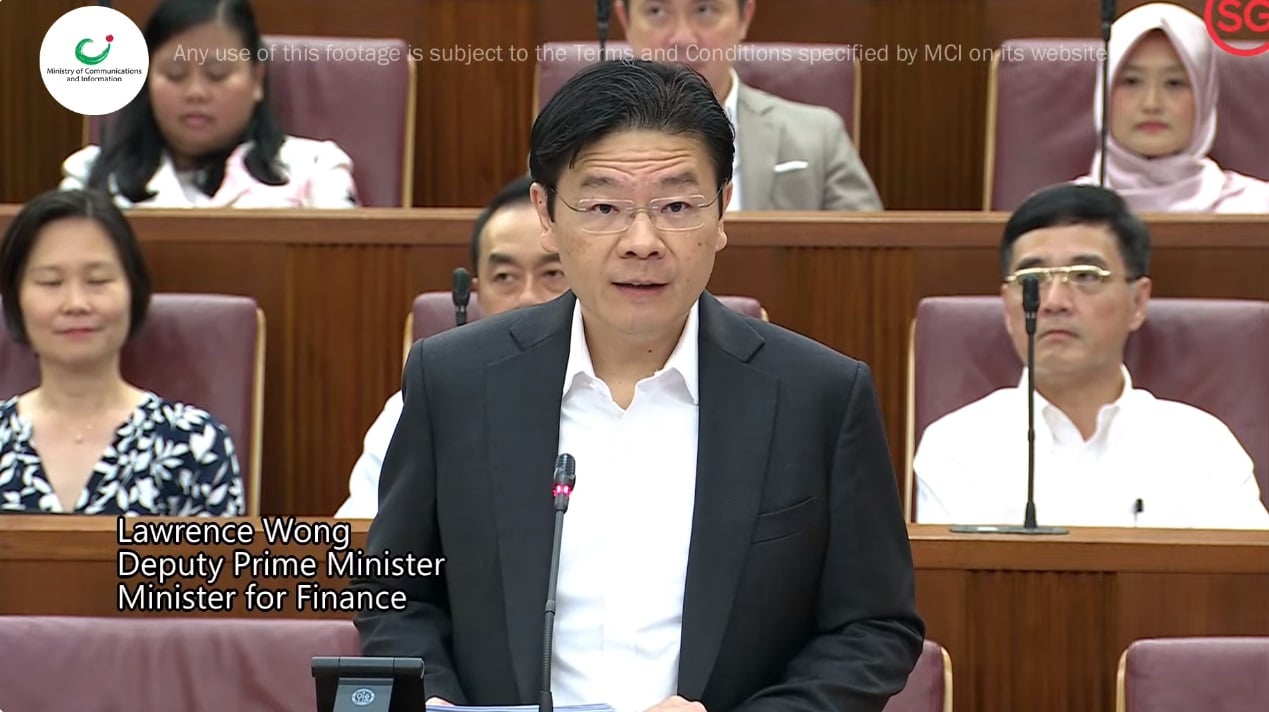Government, doctors and patients – who’s the real culprit behind the “buffet syndrome” towards healthcare services?
It was announced in Parliament earlier this month that patients will soon have to co-pay 5 per cent for new Integrated Shield Plans. This means that new policyholders can longer enjoy the privileges that come with full riders.

Currently, policyholders with full riders pay nothing for hospitalization and treatment regardless of the size of the bill. But it actually isn’t “free” because it’s paid through yearly premiums.
Ministry of Health (MOH) claims that the zero co-payment feature has resulted to a “buffet” syndrome, leading to over-consumption and over-prescription of healthcare services.
That’s why they decided to implement the mandatory co-payment system.
But in the first place, whose fault is it that the “buffet syndrome” has caused our healthcare premiums to escalate so sharply over the past few years?
The patients who abuse the system and the doctors who don’t advise against such behaviour? The doctors who make patients take unnecessary tests or procedures?
What if we told you that the Competition Commission of Singapore (CCS) was partly responsible for the “buffet syndrome”?

CCS is a statutory board under the Ministry of Trade and Industry set up in 2005 to enforce the Competition Act 2004.
The Competition Act prohibits practices that are deemed to reduce competition among businesses.
Medical fee guidelines
You’d be surprised to know that we actually had medical fee guidelines in late 1980s to early 2000s to make sure private doctors do not overcharge patients.
The guidelines were introduced in 1987 by the Singapore Medical Association (SMA).
MOH, SMA and the Association of Private Medical Practitioners of Singapore actually agreed that there was a need to publish a fee schedule to provide patients with greater transparency.
All were well until the Competition Act came into force in 2007 and SMA, under advice from its lawyers, removed the medical fee guidelines in the same year.
SMA was afraid that CCS would consider the fee guidelines as anti-competitive.
Some criticized SMA for abruptly removing the guidelines after merely receiving legal advice.

However, CCS said that even though the fee guidelines are not mandatory, it could become a signal to market players and cause prices to cluster around a narrow range.
CCS also publicly welcomed SMA’s move to remove the fee guidelines, saying that it would lead to greater flexibility for medical practitioners in setting their medical fees.
In 2009, CCS commissioned a six-month to study if medical fee guidelines for doctors were necessary and if the guidelines actually infringed the Competition Act.
In 2010, CCS concluded that SMA’s fee guidelines were indeed anti-competitive.
Interestingly, Consumers Association of Singapore (CASE) revealed that complaints against overcharging and fee-related disputes increased after the fee guidelines were removed in 2007.
In 2007, there were only 26 complaint cases but in 2008, it spiked to 45 cases.
10 years later…

In 2017, MOH decided to appoint a committee to come up with fee benchmarks.
There will be a range of fees that include the complexity of a medical case and different expertise of doctors.
However, doctors can still charge above the recommended range as the fee benchmark is meant to be a reference point and not a “guide” that doctors have to adhere to.
If doctors face disciplinary action, it will be used a point of reference by the Singapore Medical Council.
Lawyers from Rajah & Tann Singapore LLP’s competition and trade practice group noted that MOH’s fee benchmark is less restrictive of competition because it’s set up by a government ministry.
The medical fee guidelines by SMA were decided by competitors in the same industry so there could have been a conflict of interest and the guidelines “may have been fashioned with a degree of self-interest”.
Takeaways
It seems like the medical fee guidelines in the past were useful in curbing cases of overcharging.
But CCS deemed it anti-competitive.
The biggest question should be this: Why did MOH take 10 years before finally deciding to intervene to manage the rising healthcare costs?
Why didn’t the Health Ministry introduce the fee benchmark much earlier, after SMA removed the fee guidelines?
Why didn’t the Health Ministry introduce co-payment when they start to notice a rising trend of the “buffet syndrome”?
Yup. So it’s not the entirely the fault of patients who abuse the insurance plans. Neither is it the group of doctors who overcharged or over-prescribed treatments.
Photo credits: MIMS, asean-competition, AsiaOne, The Straits Times
If you’d like to contribute your story to us, drop us an email at editors@sureboh.sg and we’ll review it. We read each submission that comes to us within two weeks of receiving it.





